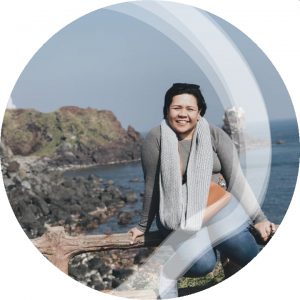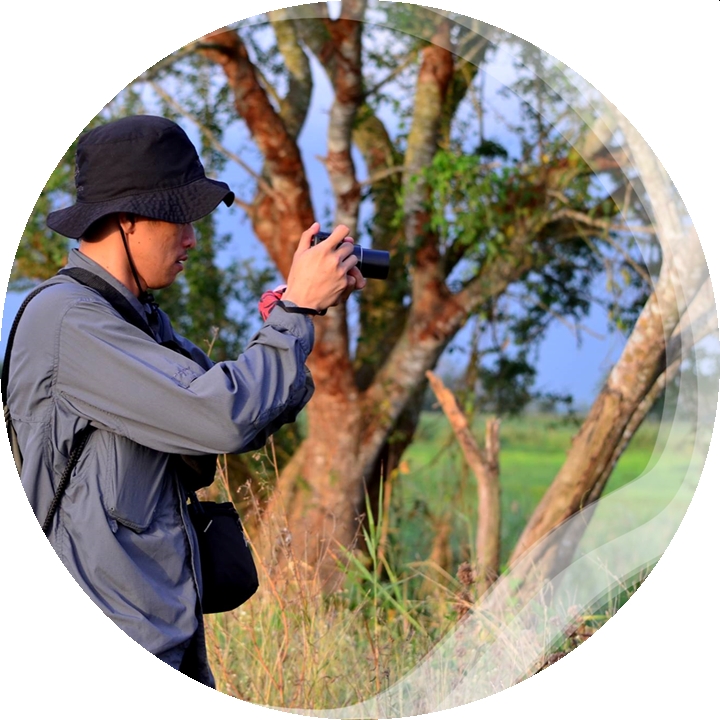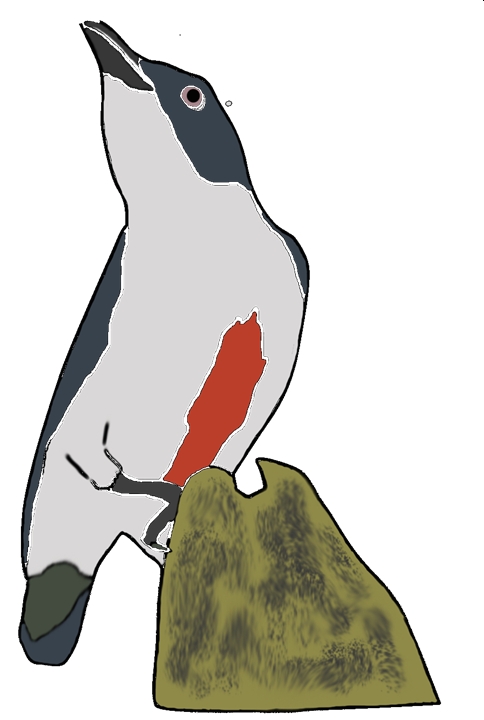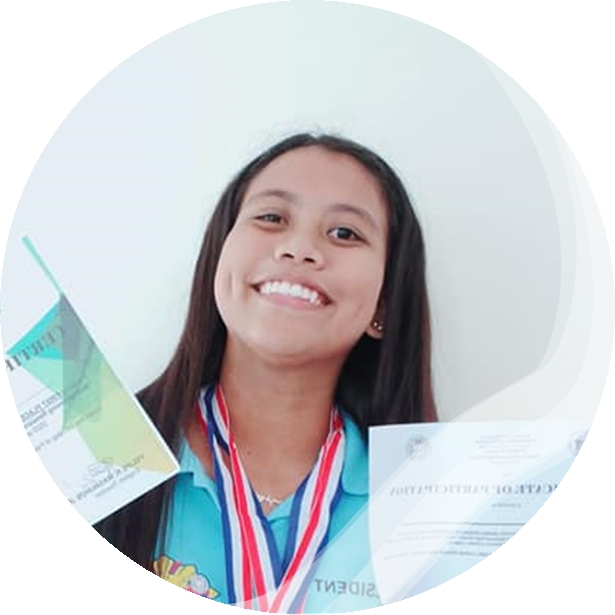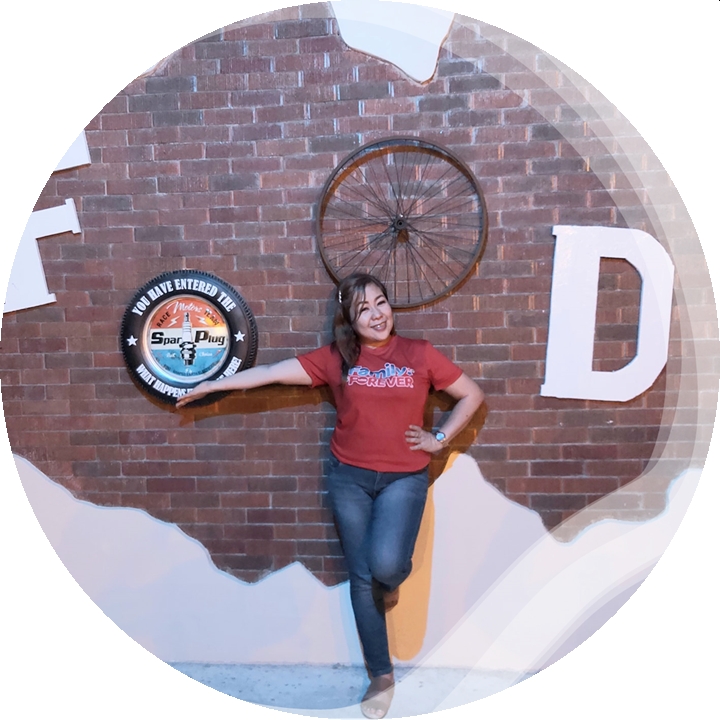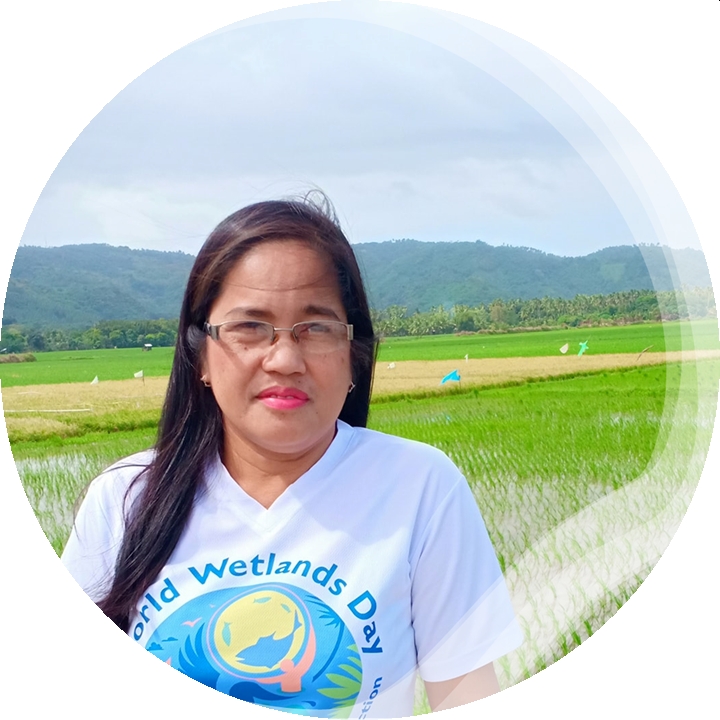
WILNA A. ARTITCHEA
Teacher III
Paagahan INHS
Paagahan Mabitac, Laguna

When I first heard about BioBlitz I immediately consulted the dictionary but it did not give me any meaning. So, I removed the “bio”and instead I searched for the meaning of the word blitz. I was given three meanings; a military attack in which many bombs are dropped from airplanes a fast and powerful effort, and the latter is a sudden attack or effort to stop or end something. I still do not understand so I joined the two words. In science Bio means life and blitz is attack. I wondered what attack SCPW would make, including us teachers and our students. I was still no satisfied and I’m a bit curious so I goggled what the word BioBlitz really means. A BioBlitz is an event that focuses on finding and identifying as many species as possible in a specific area over a short period of time. I was pleased with the definition given that I already had a preliminary understanding especially when I saw the experts and scientists who were among the members of the SCPW. This happened when Bioblitz was first introduced to us on March 16-17, 2018 at Panguil River Ecotourism Park Pangil, Laguna. It was The Launching of Active, Clean and Bountiful Rivers: The Wetlands BioBlitz. This event was participated by the experts from ASEAN Centre for Biodiversity, Biodiversity Management Bureau of DENR, Ecosystems Research and Development Bureau of DENR, Laguna Lake Development Authority, Philippine Water Partnership, Unilever Philippines, scientist from University of the Philippines – Los Baños and CLEAR Youth Network Members from Los Baños, Lumban, Mabitac, Morong, Muntinlupa City, Pangil, Pila, Sta. Rosa City and Tanay.

That Launching was very meaningful. The experiences we and our students have learned have been a great help to them as they become more proficient in their studies in science and learn the importance of all living beings and it will help them to realize the connection of all living things to the well-being of our environment particularly our wetlands and community. Before the launch of Wetlands Bioblitz ended, Ms. Amy of SCPW, the youth member-participants and teachers agreed to set a date when each school will conduct a Wetlands Bioblitz, especially in the Laguna de Bay areas.
Dates were set for three sites in the Laguna de Bay area where the Wetlands Bioblitz will be piloted. On May 22-24, 2019 SCPW conducted the Wetlands Bioblitz activity with selected students and teachers, in conjunction with the celebration of International day for Biological Diversity under the project titled “Active, Clean, and Bountiful Rivers: the Wetlands BioBlitz” at Barangay Matalatala, Mabitac, Laguna.
Participants in this activity are students from Paagahan Integrated National High School, Mabitac Integrated National High School, Matalatala Integrated National High School, Paagahan-San Miguel Extension and Blessed James Cusmano a private school. Similar to the previous launch of Wetlands Bioblitz it was also attended by members of the Local Government Unit, volunteers and experts from the different agencies like the Ecosystems Research and Development Bureau (ERDB) of the Department of Environment and Natural Resources (DENR), Biodiversity Management Bureau (BMB). ) – DENR, River Basin Control Office (RBCO) – DENR, Laguna Lake Development Authority (LLDA) – DENR, Unilever Philippines; Maynilad Water Services, Inc. and scientist from the Institute of Biological Sciences of the University of the Philippines – Los Baños.
The major objective of this activity is to expose the youth, and the local communities to the condition of our rivers, and with the help of the young members encourage the people to take steps for the betterment of our environment especially relating to our river resources.The activity began with a short program, followed by lectures from volunteer agencies and scientists. It discusses what role students will play in conducting wetlands BioBlitz and conserving our river resources. They were also given an orientation on what they would do during the field work activity and what data they should collect.

The students are grouped into Fauna, Entomofauna, Rapid Assessment of Wetland Ecosystem Services (RAWES), Avifauna, Hydrology, Aquatic Flora and Fauna Assessment, and Water Quality Assessment.
In my observation as students conduct surveys and identify different plants, birds, insects, I see in them the great pleasure, the desire to know different kinds of life. What our students have experienced is the same for us teachers.
We have experienced actual learning about nature conservation, it is more exciting because there were expert and scientists to guide us. They can actually tell what is happening in a place like river resources through the creatures found there. I myself as a teacher was also awed by our findings. The reaction of the students is that they felt like they were scientists and they were happy that they found some new insects, plants, and birds aside from those that they already knew.
The students did not feel tired although they were out on the field for almost the whole day. They said that they learned a lot and that enjoyed the activity at the same time. Even us teachers felt the same way too.
When the field work was over, all the data were organized and presented by each group. These data are the basis for the steps that must be taken so that young people and students can help our local community improve our environment especially our river resources. Then visioning and action planning followed. To prevent or minimize the problems of our environment and river resources the students and us teachers agreed to intensify the Adopt a River Project which is embedded in the activities of Youth for the Environment for Schools Organization or YES-O, Youth Ecological Camps, conduct of Information campaigns, Tree planting and clean up drives.
These are our actions to help conserve our environment especially the wetlands. After the Wetlands Bioblitz and the students have returned to their respective schools, the students who attended the activity often discuss their experiences with their classmates and for sure they also tell it to their friends, siblings and their parents.
Not only students are talking about the BioBlitz experience but also the teachers involved in that activity. That’s why other teachers who heard about it became curious about what we were talking about. Even our Division Supervisor subject specialist also showed interest in BioBlitz and said it is a good training ground especially for K-12 students who are on the Science and Technology, Engineering and Mathematics (STEM) strand. Our school division Disaster Risk Reduction Management Officer also agreed to this, she said the steps taken in BioBlitz are ways to prevent disaster-related incidences which lead to the destruction of our water resources.
In general, I know that students have learned a lot from Wetlands Bioblitz and I am grateful that our town is one of those that was given the opportunity to participate in this activity and I know that our students can use it to make meaningful decisions for nature conservation
especially wetland resources.My sincere gratitude to the Society for the Conservation of Philippine Wetlands (SCPW) and to the people or groups of people who helped to make this very important activity possible.
God Bless!

